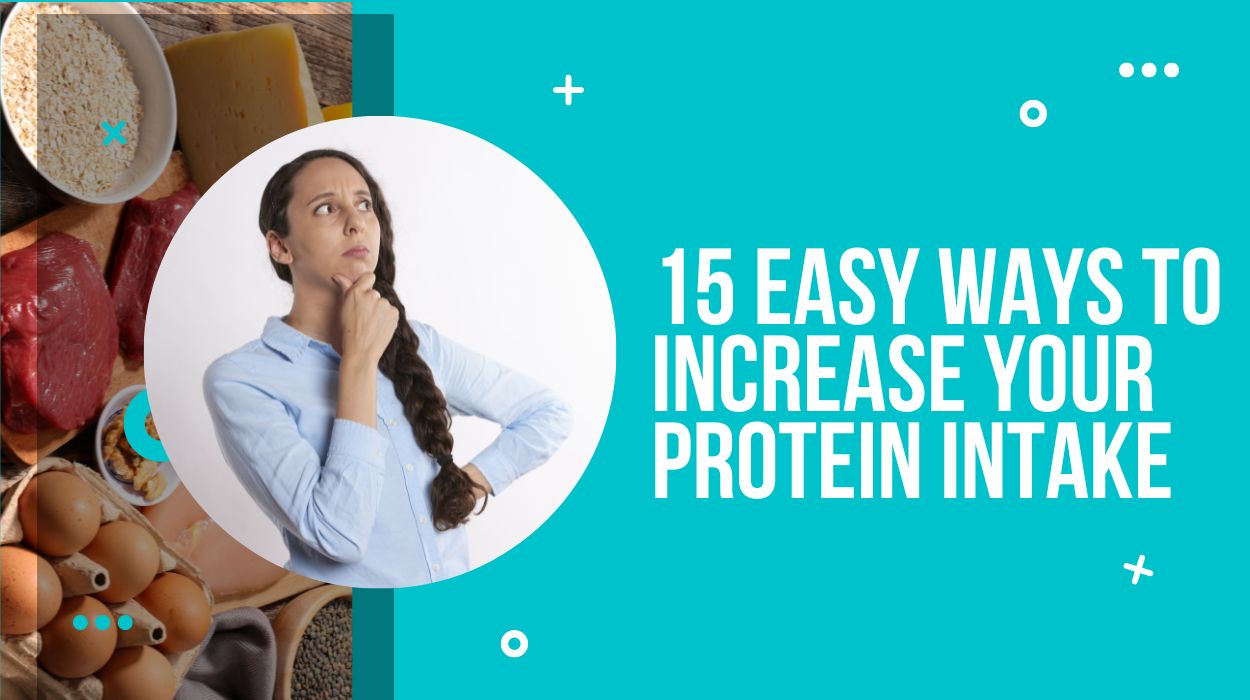Want to eat more protein but don’t know how to? We all realize how vital our health and immunity are to fight bacteria, illnesses, and several chronic diseases.
Protein consumption is crucial for athletes and bodybuilders and kids, teenagers, adults, and older adults.
This article will help you understand which food contains the most proteins and include them in your diet.
15 Easy Ways to Increase Your Protein Intake
Protein is that vital micronutrient that the body utilizes to grow to maintain and repair organs, skin, and muscles. Proper protein intake offers a range of health benefits like weight loss, reduced cravings, muscle building, muscle repair, etc.
1. Swap cereal with eggs
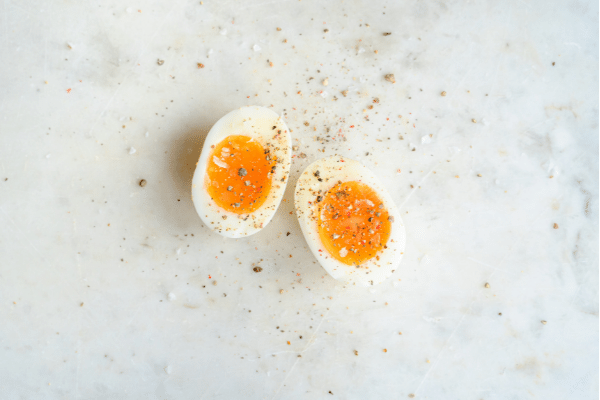
Eggs are the king of breakfast around the world. The egg whites contain proteins, while the yolks contain the essential nutrients (selenium, choline). Eggs are also easy to make and easily accessible. Eating cereal for breakfast leads to overeating and getting very little protein. Interchanging your cereal with eggs will give you an additional 10 to 16 grams of protein. Also, not to mention eating protein in the morning will keep you full for a long time. A study was published on 3rd August in the international journal of environmental research and public health advocates. Make yourself eggs every morning scrambled, hard-boiled, an omelet, whatever pleases your taste buds.
2. Change regular yogurt to Greek yogurt.
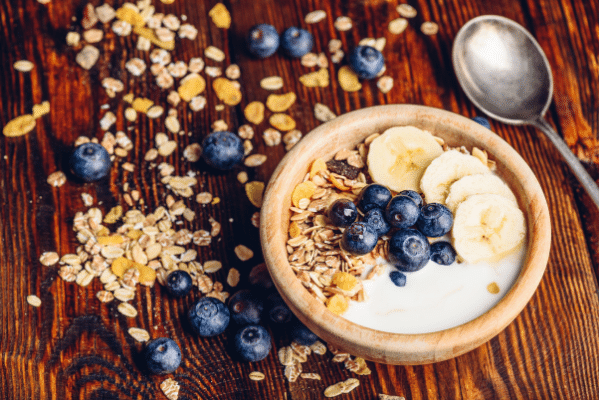
The difference between regular yogurt and Greek yogurt is that Greek yogurt is denser and contains more proteins than regular yogurt. It also contains fewer calories than normal yogurt. Greek yogurt comes with many benefits for the body, including healthy digestion and probiotics that help with the heart.
Greek yogurt is an excellent replacement for sour cream. A Greek yogurt carries conjugated linoleic acid, which encourages fat loss. Greek yogurt also reduces hunger and gives you the sensation of being full as it releases the hormones PYY, Peptide 1 (GLP – 1) in your abdomen.
Try eating Greek yogurt topped with granola and berries instead of potato chips for your snack.
- AUTHORS NOTE – A Greek yogurt holds twice the protein as traditional yogurt. It contains about 18 to 20 grams of protein per 250 grams.
3. Adding peanut butter

Are you feeling guilty about eating a spoonful of peanut butter straight from the jar? I feel guilty. No more peanut butter is the good stuff. It has high protein contents and can instantly reduce appetite, lower blood sugar levels, and burn fat. Two tablespoons of peanut butter will increase your protein intake by 7 to 8 grams.
Adding peanut butter to a fruit slice will add value to it. Peanut butter also pairs well with wheat toast, oatmeal, and your morning smoothie.
4. Protein supplements

Protein supplements are the best option for people who have difficulty reaching their daily protein requirements.
While selecting your protein supplement, you should consider the following:
- the biological value, which helps determine. The rate of the digested protein to be utilized for protein synthesis. The ideal score for biological value (BV) is 100.
- Essential amino acid contents
Check out the BV scores of some popular proteins:
Soy Protein – Soy protein is an excellent option for people who follow a vegan diet. Although it has a low biological value score of 74, It contains all the essential amino acids.
Casein Protein – Casein is derived from Milk. It has a Biological value of 77 and all the essential amino acids.
- AUTHORS NOTE – People with slow digestion should not consume casein protein as it is a slow-digesting protein.
Whey Protein – whey is the king of all proteins. It has the highest biological score of 104 and essential amino acids.
Athletes take protein supplies every day due to their high requirements. Adding a protein powder scoop to your morning smoothies is an easy way to increase your protein intake.
5. Peas

People have contradictory opinions when it comes to peas. Some like them a lot, while some hate them. Peas have 5 grams of protein per 100 grams. Green peas also have high fiber and low-fat content with no bad cholesterol whatsoever.
You can add green peas to a hot bowl of soup, vegetables, and sides. Peas help fight chronic illness, cancer, and heart disease.
| Calories | 62 |
| Carbohydrates | 11 grams |
| Fiber | 4 grams |
| Vitamin A | 34 % |
| Vitamin K | 24 % |
| Manganese | 11 % |
6. Nutritional yeast
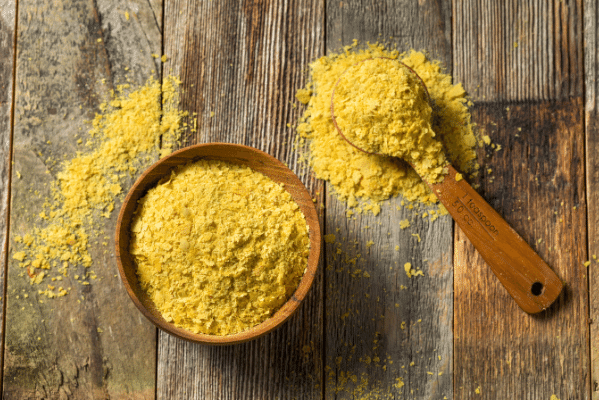
Do you guys fancy salads? Salads are a healthy option, But you can take it a notch up by sprinkling some Nutritional Yeast over it. Nutritional yeast tastes like cheese and can be added to anything. It is also a rich source of Vitamin B. nutritional yeast is an excellent substitute for cheese for people who follow a vegan diet.
7. Nuts
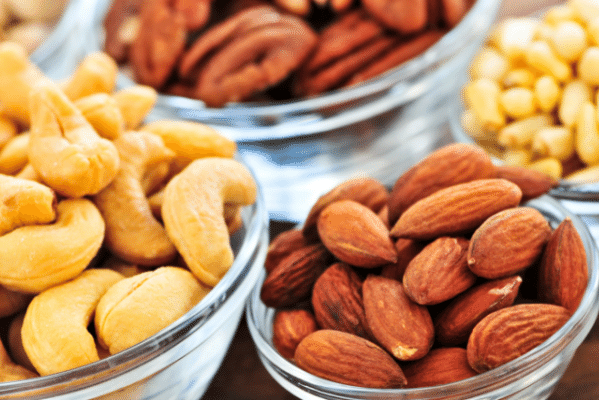
Nuts are an excellent source of fatty acids such as omega-3 and omega-6. Nuts are high in magnesium, vitamin E, and fiber. There are also monosaturated fats which are healthy for the heart and easily digestible. Among all the nuts, almonds have the highest protein content. 10 almonds per day will give you 2.6 grams of protein.
Keep Nuts such as walnuts, almonds, cashews, peanuts, etc., handy and snack on them whenever you feel hungry.
| Type of nuts | Protein Content
( per 100 grams) |
| Almonds | 21.15 grams |
| Cashews | 18.22 grams |
| Peanuts | 25.8 grams |
| Pistachios | 20.16 grams |
| Walnuts | 15.23 grams |
8. Cheese
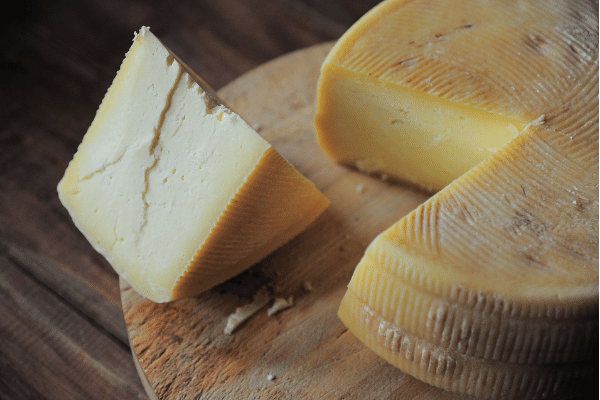
You will be happy to hear that your favorite food item, cheese, also makes it into our list of high-protein foods. Cheese is also known to improve heart health significantly and does not Raise cholesterol levels among people with high cholesterol. Dairy products, in general, have a high amount of protein, calcium, and vitamin D. Cheese helps in maintaining strong bones and teeth. Mozzarella, cheddar, and ricotta Are the types of cheese that contain the highest amount of protein.
If you are worried about cardiac disease, you can check out the study that establishes any correlation between the consumption of dairy products and cardiovascular disease.
9. Chia seeds
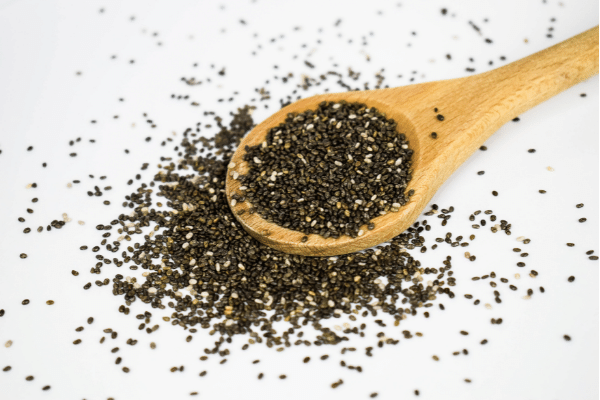
Chia seeds are rich in fiber and help fulfill your body’s fiber requirements. A diet with high fiber helps keep your digestive tract healthy.
A common way to increase Chia seeds intake is by sprinkling them on oatmeal. You can also add one or 2 tablespoons of Chia seeds to your Fruit smoothies and salad. It is also common to drink water infused with Chia seeds in the summer season.
The United States Department of Agriculture (USDA) gives the following contents of Chia seeds:
| Calories | 131 |
| Fat | 8.4 grams |
| Carbohydrates | 13.07 grams |
| Fiber | 11.2 grams |
| Protein | 5.6 grams |
10. Lentils
Lentils have been a staple in Indian households for a long time. Indian people consume lentils almost every day. Lentils occupy second place among beans for high protein contents. Rice and lentils have the same Protein content as red meat. Lentils have one advantage over red meat: your heart has no downside. One bowl of cooked lentils has about 16 to 20 grams of protein.
Additionally, lentils also have ample vitamins and minerals. Lentils have 20.6% to 31.4% of protein content.
11. Chickpeas
For 100 grams of chickpeas, You get 19 grams of protein, about 38%. Chickpeas are plant-based proteins and an excellent substitute for meat for vegetarian people. They also have a High quantity of minerals and vitamins.
Protein and fiber take up a long time to digest And therefore keeps you full for a long time Which helps in lowering your appetite. Proteins also increase muscle strength and bone density.
Add some canned or fresh boiled Chickpeas to your salad, eat more hummus by making a spread or dip.
12. Tofu
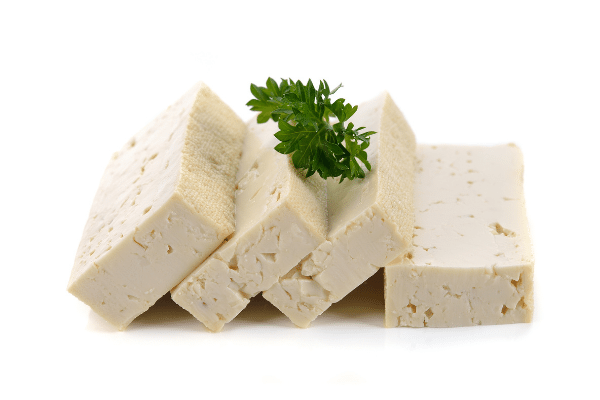
Tofu Is consumed all around Asia. It contains 4 grams of protein per 50 grams of tofu. You can cut up small tofu pieces and add them to your salads. Baked tofu is a quick and delicious way to increase protein intake. You have to Squeeze out as much water as you can, then toss it with olive oil, soy sauce, starch, and salt, Followed by baking it for 25 to 30 minutes.
You can also Combine healthy vegetables with tofu and make a stir fry, lastly finishing off by sprinkling some sesame seeds. Tofu can also be used as a smoothie thickener.
13. Chicken breast
Chicken has 27 grams of protein per 100 grams of chicken breast. Besides protein, chicken breasts also contain vitamin B and minerals like selenium and zinc.
People have different ways of cooking chicken across the world. You can add thin chicken slices to your hot soup and salad. Another way you can eat chicken is by grilling it, and grilled chicken does not disappoint anyone’s tastebuds.
14. Fish
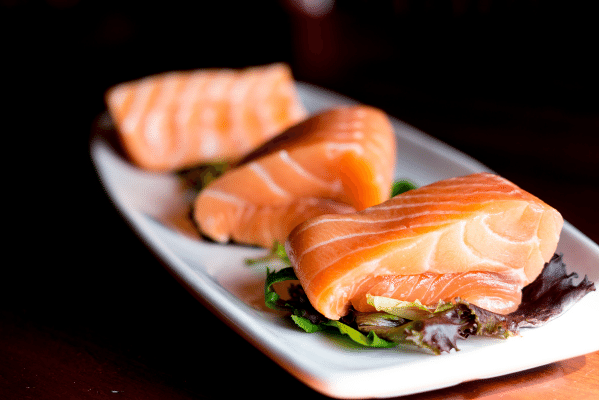
A fish contains myofibrillar protein. An average 100-gram fish will give you 15 grams of protein. Apart from protein, fish is also loaded with potassium, magnesium, vitamin B 12, and essential nutrients.
Fish is a Famous South Indian delicacy. You can make coconut curry with fish. You can also bake the fish or grill the fish with various seasonings like paprika, Basil, thyme, Black pepper, etc.
- AUTHORS NOTE – Tuna ranks first regarding protein content among all fishes. In addition, it also contains vitamin A, vitamin B 12, and vitamin B6.
15. Quinoa
Quinoa has the highest protein content of any other grain. It is also rich in copper, zinc, iron, and fiber. As quinoa contains all the essential amino acids, it should be considered a complete protein. However, the debate has been whether or not to consider quinoa as a complete protein.
Ways you can include quinoa in your diet:
- Sprinkling over salads
- Swap it with oatmeal
- Blending in smoothies
- Adding to the deserts
FAQs
Q. What is the best time in a day to eat protein?
It would be best to take your protein, preferably in the morning, as it keeps you full for a long time. Although if you work out during the night, you should take protein powder post-workout.
Q. What are the best vegan protein sources?
Vegan and vegetarian people do not have to worry about hitting their daily protein target anymore. There are highly competent vegan foods like beans, tofu, hemp seeds, soy milk, vegetables, etc.
Conclusion –
The high-protein diet offers a ton of benefits like weight management, increased metabolic rate, reduced appetite, healthy bones, lowered blood pressure, and not to mention healthy skin and hair.
This article told you interesting ways to include protein in your daily diet, and which types of food have the highest amount of protein.
Let us know your favorite High protein recipe in the comment section below.

